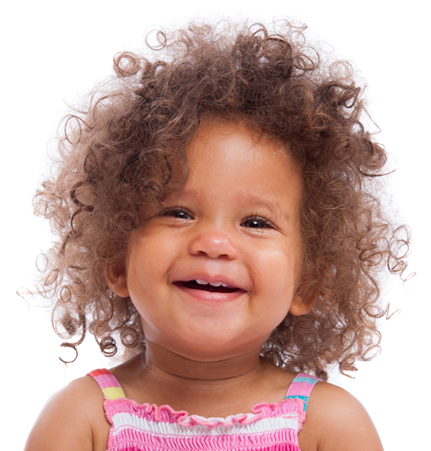

Oral language development—in both English and the home language—should be a central focus in teaching Multilingual Learners (MLs). Although not all programs provide intentional dual language instruction, research suggests that dual language education is optimal for young ML children’s learning and development 26 —this is the ideal goal for programs to reach. Oral language strategies should be used intentionally to promote both languages. Key oral language skills include expressive and receptive vocabulary, listening comprehension, and grammatical knowledge, all of which are critical for future reading comprehension. 27 Teachers should incorporate rich and high-quality language experiences with back-and-forth exchanges in both languages, as consistent with the program’s language model. Such interactions foster language development and achievement. 28
ML children’s developing language skills may also include code switching, or using words and phrases from both languages in a single sentence or exchange (check out the Toolkit on Code Switching from the Office of Head Start for more information). Such switching is a normal part of bilingual development and demonstrates children’s flexibility in drawing on the resources they have in both languages (read this Fact Sheet on Translanguaging for more information on how multilingual children use their full language repertoire to make sense of and communicate information). While MLs may have a smaller vocabulary in each language initially and lack some “translation equivalents,” 29 educators should account for and encourage vocabulary use in both English and the home language. It is important for teachers to serve as strong language models in the languages that they speak. Further, they need to be clear about which language will be used at different times (language allocation). 30 Teachers should also highlight the similarities and differences between the languages children speak and English in order to support children in making connections. By providing high-quality, culturally appropriate language interactions in both languages relevant to children’s experiences, educators help ML children develop a solid foundation in both of their languages, which will support future literacy and content learning. 31
The following evidence-based strategies should be used with a specific purpose in mind, as consistent with the program’s language model, and differentiated and tailored to each individual child’s level and needs (which should be determined through continuous assessment). Oral language practices should be integrated with the other strategies presented in this Toolkit. For K–3 teachers, refer also to the California K–3 ELD Standards that highlight oral language interactions for MLs.
Access additional resources developed to introduce teachers to the work of supporting MLs’ oral language development. These activities, a sample lesson plan and a resource walk, are designed to support learning about this instructional topic area through structured exploration of resources on the website. Click the buttons below to access these resources.